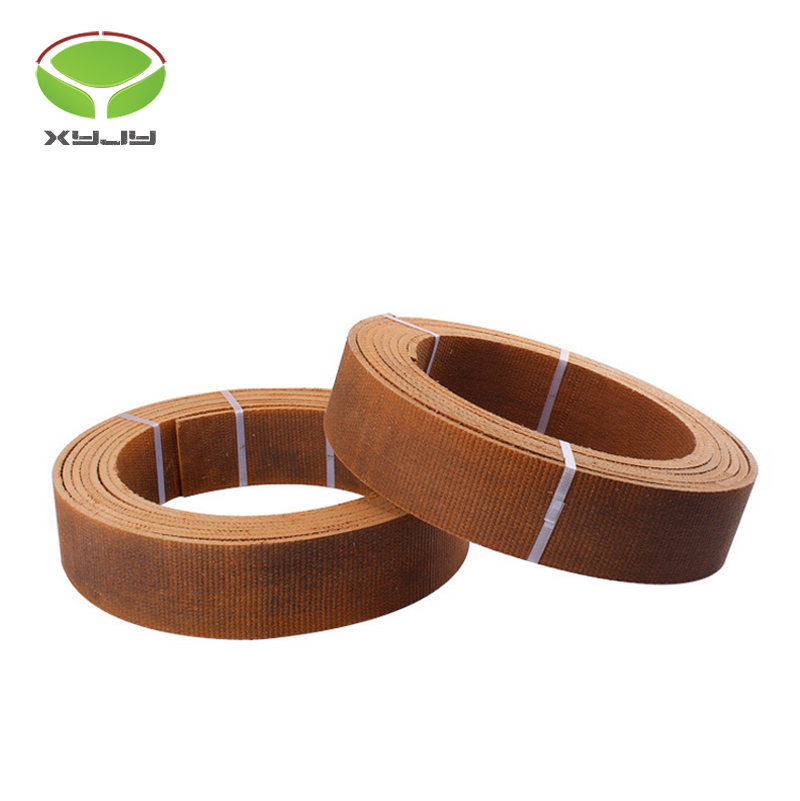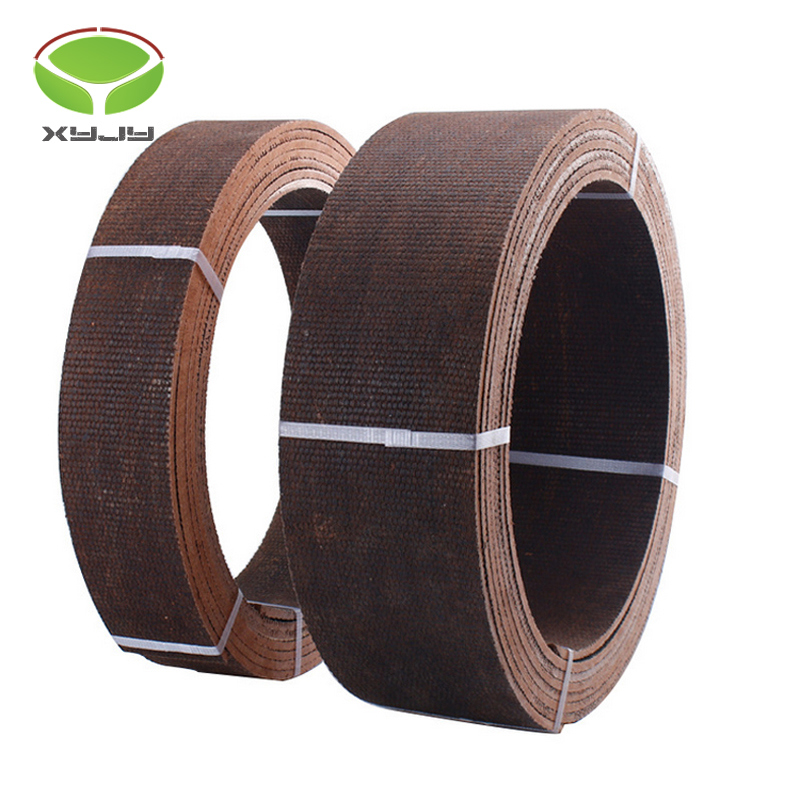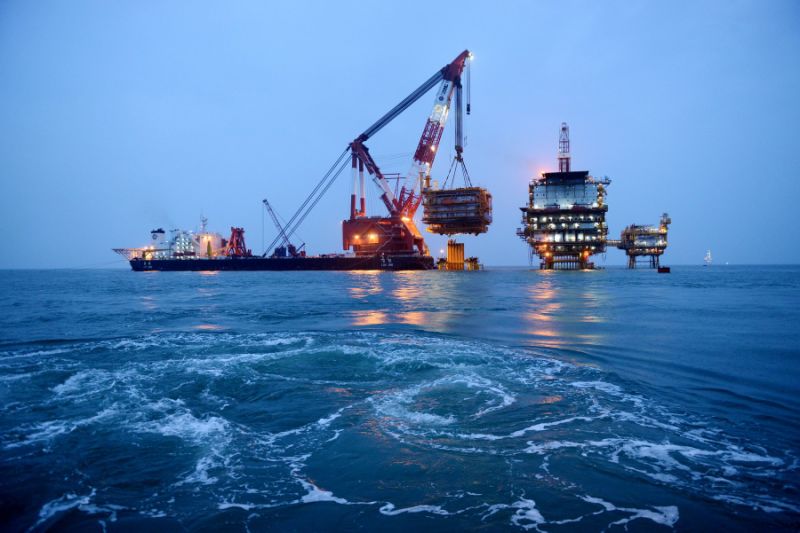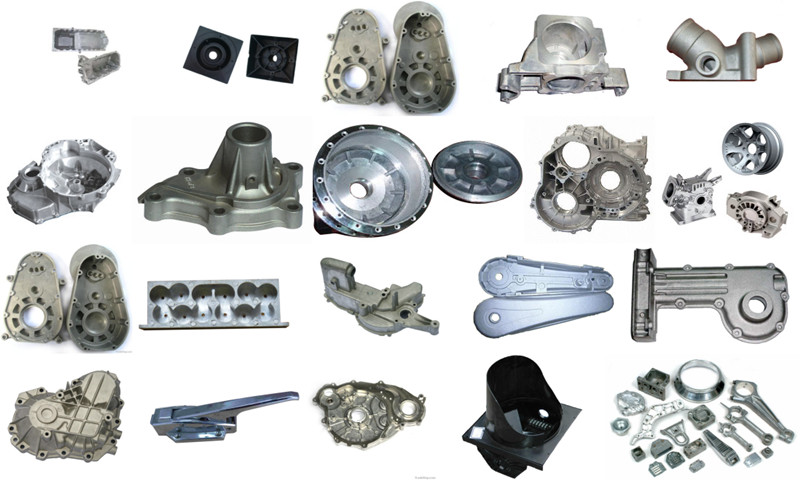Brake Pads Brake Shoes of Nonasbestos
Die Casting is a metal casting process that is characterized by forcing molten metal under high pressure into a mold cavity. The mold cavity is created using two hardened tool steel dies which have been machined into shape and work similarly to an injection mold during the process. Most die castings are made from non-ferrous metals, specifically zinc, copper, aluminium, magnesium, lead, pewter and tin-based alloys. Depending on the type of metal being cast, a hot- or cold-chamber machine is used.
The casting equipment and the metal dies represent large capital costs and this tends to limit the process to high-volume production. Manufacture of parts using die casting is relatively simple, involving only four main steps, which keeps the incremental cost per item low. It is especially suited for a large quantity of small- to medium-sized castings, which is why die casting produces more castings than any other casting process. Die castings are characterized by a very good surface finish (by casting standards) and dimensional consistency.
Main particulars
MAIN PARTICULARS
Material for mould
H13,DIEVAR,QDN,8407,2344V,TQ1,2343,SKD61,
Hardened, HRC50~55
Mould features
Advanced design, Logical structure, High precision,
Material for product
Aluminum & Aluminum alloy A356, A360, A380, A390, ADC-12,ADC10,
Zinc & Zinc alloy. ZA-3,ZA-5,ZA-8
Standard
ASTM, ASME, DIN, JIS, ISO, BS, API, EN
Certificate
ISO9001, BV
Dimension
As per drawing, as large as we can
Processing
Step1: Die Casting/sand casting/gravity casting
Step2: CNC turning, CNC turning and milling compound processing, 3/4/5 axis Cnc Milling , drilling, wire-cutting, EDM, grinding etc.
Finishing surface
Machined surface with tectyl891, blasting and painting(Hempel, Inter, Sigma, Jotun), anodize, polishing
Marking
as per clients` requirements
Inspection
material, construction, dimension, heat treatment, hardness, NDT
Quality
ISO9001, BV, PPAP control production
Lead time
5 days for sample, consult with customer for mass production
Delivery
Express for sample, ocean shipping/air for mass production
Our Capabilities
CNC Machining, CNC center machining, drilling, milling, turning, grinding, tapping, forging, stamping
Engineering&manufacturing services
R&D process, tooling and gauging design, product design
Integrated CAD/CAM system, test and measuring
Others
Recyclable, in line with environmental requirements and standards, and reliable
The main die casting alloys are:
zinc, aluminium, magnesium, copper, lead, and tin; although uncommon, ferrous die casting is also possible. Specific die casting alloys include: Zamak; zinc aluminium; aluminium to, e.g. The Aluminum Association (AA) standards: AA 380, AA 384, AA 386, AA 390; and AZ91D magnesium. The following is a summary of the advantages of each alloy: Die Casting Parts Die Casting Parts,Pressure Die Casting Parts,Zinc Die Casting Parts,Die Casting UniSite Group , http://www.unisitemachining.com
non-asbestos Power equipment braking deceleration brake band/brake belt
Specifications
1.ISO9001:2008 verified
2.Green Products
3.Favorable price
4.Prompt delivery
5.Small Orders Accepted
BBH-Y Non asbestos Woven Resin Brake Lining in Roll
Color:As per your request
Thickness:5-30mm;
Width:≤500mm;
Length:10m 15m 20m, or as per your request
Material:Viscose fiber, glass fiber, copper wire, cashew resin
Work condition:200°C, Pressure:1.0 mpa
Standard:GB/T11834-2000
Application:Widely use in decelerating and braking of engineer machines, industry machine and mining machines.
Performance:Good elasticity, high tenacity, shock resisting, heat resisting, good duality and anastomosis, agile brake, etc.
We can manufacture the color, length and material as per your request
Wear Performance of Woven Resin Brake Lining in roll
Interface Temperature
Friction coefficient
Wear rate(CM3/NM)
100°C
040-0.65
≤0.7×10-7
150°C
0.35-0.65
≤1.1×10-7
200°C
0.30-0.60
≤1.3×10-7






Contact:
Tracy XieÂ
NINGBO XINYAN FRICTION MATERIAL CO.,LTD
CELL:008615257460937
Â
:8615257460937
Â
Â
Website:www.xynao.com
Â
The Photos of our Die Casting Parts
45#steel,etc.
Qualified materials, Long lifetime, Short delivery time.

Zinc: the easiest metal to cast; high ductility; high impact strength; easily plated; economical for small parts; promotes long die life.
Aluminium: lightweight; high dimensional stability for complex shapes and thin walls; good corrosion resistance; good mechanical properties; high thermal and electrical conductivity; retains strength at high temperatures.
Magnesium: the easiest metal to machine; excellent strength-to-weight ratio; lightest alloy commonly die cast.
Copper: high hardness; high corrosion resistance; highest mechanical properties of alloys die cast; excellent wear resistance; excellent dimensional stability; strength approaching that of steel parts.
Silicon tombac: high-strength alloy made of copper, zinc and silicon. Often used as an alternative for investment casted steel parts.
Lead and tin: high density; extremely close dimensional accuracy; used for special forms of corrosion resistance. Such alloys are not used in foodservice applications for public health reasons. Type metal, an alloy of lead, tin and antimony (with sometimes traces of copper) is used for casting hand-set type in letterpress printing and hot foil blocking. Traditionally cast in hand jerk moulds now predominantly die cast after the industrialisation of the type foundries. Around 1900 the slug casting machines came onto the market and added further automation, with sometimes dozens of casting machines at one newspaper office.
Maximum weight limits for aluminium, brass, magnesium and zinc castings are approximately 70 pounds (32 kg), 10 lb (4.5 kg), 44 lb (20 kg), and 75 lb (34 kg), respectively.
The material used defines the minimum section thickness and minimum draft required for a casting as outlined in the table below. The thickest section should be less than 13 mm (0.5 in), but can be greater
